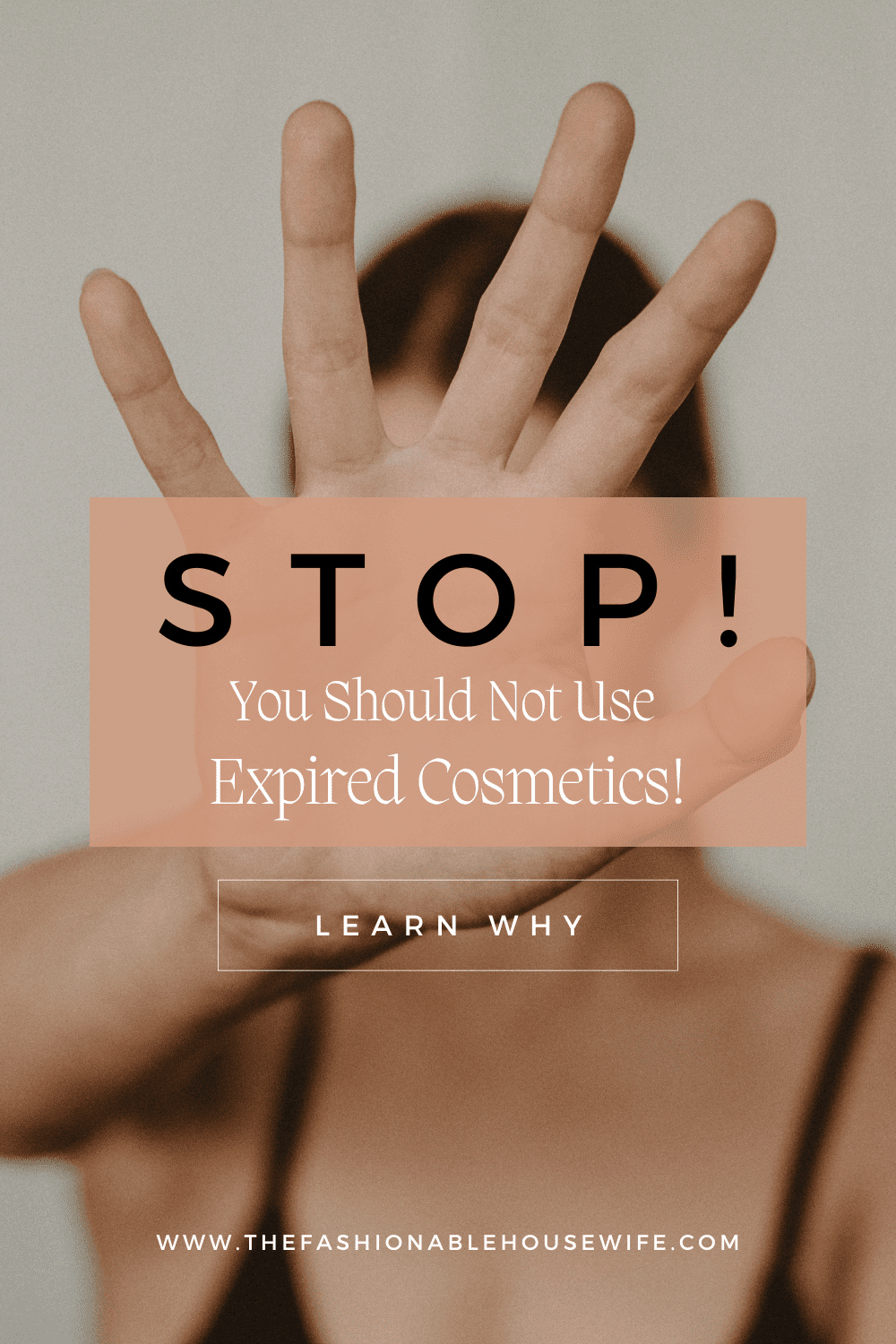You Should Not Use Expired Cosmetics! Here’s Why…
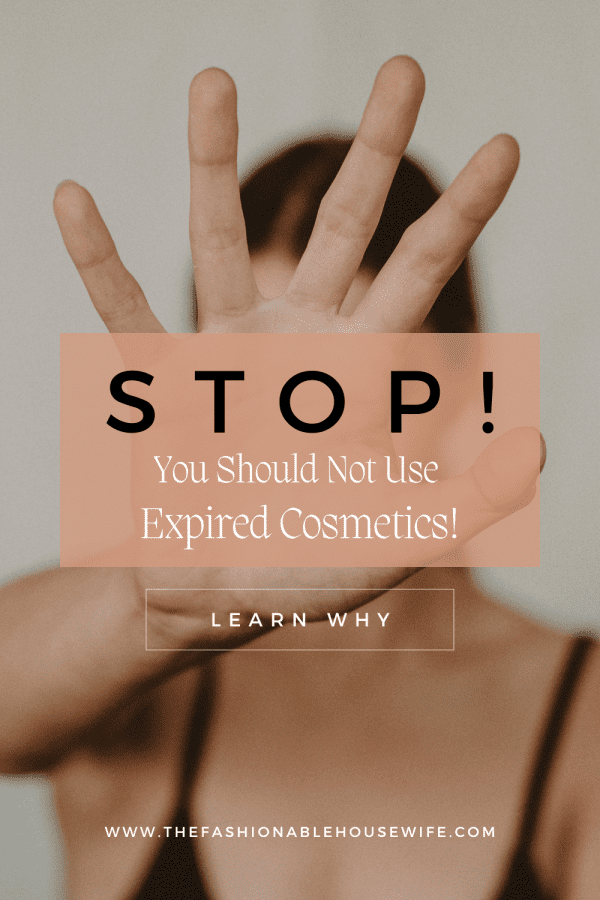
That’s a reality. We all have that costly foundation sitting in our cosmetics drawer—the one we bought years ago and have used sparingly for special occasions. Should we finally get rid of it? The answer is simple: yes. It’s expired and no longer safe to use, as its preservation may be ineffective and it could be contaminated. This is why you need to pay attention to the expiration date on makeup!
We sometimes forget that cosmetics also have expiry dates. Though we might think that the lipstick we bought five years ago from MAC is still good to go, it may not be. With this article, we’ll teach you how to correctly read your cosmetic product’s expiration date and offer some advice on how to properly take care of your products to make them last safely.
Why Is There An Expiration Date on Makeup?
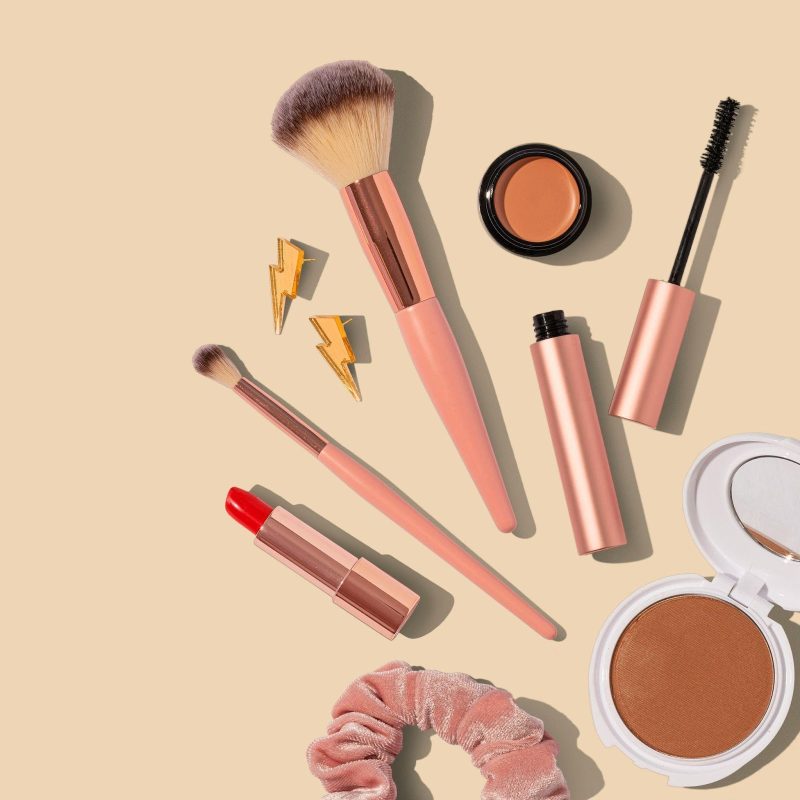
How to find the expiration date on makeup and your cosmetic products
Finding the expiration date on makeup or the expiration date of cosmetic products indicates the period within which the product must be used, provided it has been stored correctly.
You can find either a Date of Minimum Durability or DMD:

10/08/2025
The DMD is represented by an hourglass symbol or the words “Best before…” followed by the date displayed as month and year or day, month and year.
This means that the product’s shelf life (i.e. the time during which the product remains on a shelf unopened, in a store for instance) is inferior to 30 months and, once you start using it, it remains safe until the date indicated next to the symbol.
The distributor or shop owner must therefore ensure that the products they are selling have not passed their shelf life.
Or the label will show the Period After Opening or PAO:
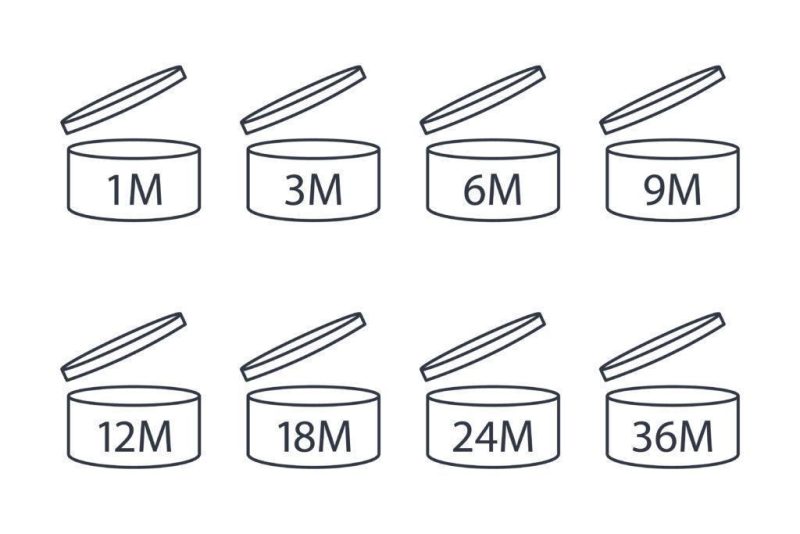
The Period After Opening or PAO is represented by an open jar symbol with a number of months (indicated by the letter “M”, which stands for “month” in multiple languages) placed next to it or within the jar symbol.
This symbol means that the product’s shelf life is equal to or longer than 30 months. The number of months shown inside the symbol indicates the period during which the product can be used safely after opening, without any harmful effects to the consumer.
When products do not display a DMD or PAO
There are a few products for which the expiration date is not relevant. These products, depending on their composition and packaging, pose an insignificant risk of alteration. This is the case for:
- Cosmetics in single dose packages: these are single use products consumed all at once, like individually packaged sheet masks.
- Products in packaging that prevent contact with the environment: such packaging prevents air from entering, extending the life of the product once opened and avoids direct contact between the product and the fingers, reducing microbiological contamination, like aerosols.
- Products that are considered by their nature to be low risk (products with a high alcohol content, products with a low free water content and products with a pH below 3 or above 11) since they naturally inhibit the growth of microorganisms: for example, fragrances which contain a lot of alcohol and thus do not risk spoiling.
How are these dates calculated?
The following aspects are considered to determine an expiration date and calculate the risks that lower the product’s life:
- Stability, microbiological quality, and preservation of the formula, along with the packaging used.
- Category of the targeted consumers (adults vs. infants vs. elderly), zone of application (eye vs. hair vs. body), and frequency / quantity of product used per opening.
- Storage conditions: Products intended for use in the bathroom, such as shower gel, shampoos, and soaps, are more susceptible to contamination by microorganisms than products stored in a drawer.
Under which conditions should cosmetics be stored?
In addition to identifying the PAO or DMD, you need to properly read the instructions regarding the storage and handling conditions that will help maintain the product in an optimal state until the indicated date.
You may find such storage instructions on your cosmetic creams, deodorants, sunscreens, and other products as “store in a cool, dry place; do not place in direct sunlight; avoid heat…”
What can you do as a responsible consumer?
The following best practices can help you keep your cosmetic product in its intended good condition:
- First, avoid contamination:
- Do not pick up the product with dirty fingers: make sure to always wash your hands first, or to use clean applicators.
- Do not share cosmetics with other people (especially eye or lip makeup) to avoid the transmission of bacteria.
- Properly store your products at home, making sure to follow the storage instructions on the label:
- Avoid humidity: Do not keep products in humid areas of the bathroom or near sources of steam, as humidity can promote mold growth.
- Protect from light and heat: Store cosmetics in a cool place away from direct sunlight, especially those containing sensitive oils, vitamins or natural extracts.
- Use the refrigerator for delicate products: For natural or preservative-free cosmetics, refrigeration can slow down degradation.
- Properly close the containers:
- Always ensure that the covers are tightly closed to prevent air and contaminants from entering.
- Check for any leaks in the packaging that may expose the product.
- Respect deadlines and PAO:
- Do not use cosmetics that have expired or have a different smell/color/texture from the original.
- Keep track of the opening date of each product (write down the date if necessary).
- Avoid contact with water:
- Do not add water to products, such as mascara or foundation, to dilute them: this can promote bacterial growth.
- Use clean towels or fabrics to wipe off any residue.
- Watch for signs of alteration: stay alert for changes in texture, color, or odor, which may indicate product degradation or contamination.
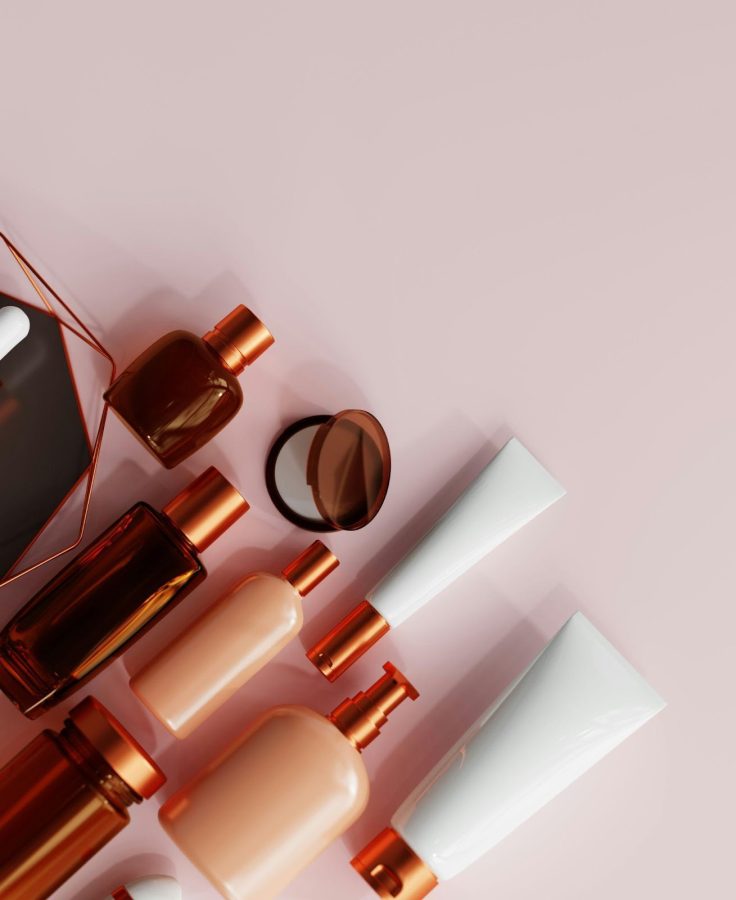
Finding the expiration date on makeup
In conclusion, we would never imagine consuming food products past their expiration date. The same goes for cosmetics. Although less obvious, spoiled cosmetics can harm your health. To stay informed and learn more about your cosmetics, follow our Facebook and Instagram pages, where we share tips on what cosmetics safety means.
Disclaimer: This article is not a scientific paper on the subject but aims to popularize and educate everyone on the concepts of Cosmetic Regulations. Please keep in mind that the items mentioned above are specified in the Cosmetics Regulation 1223/2009, which outlines the cosmetic product labelling requirements applicable in the UK and EU. If you need professional help, please feel free to contact us.
Author: Cecilia Rozada y Raneros | Taobé Consulting
www.taobe.consulting | reg@taobe.consulting | Facebook – Instagram

